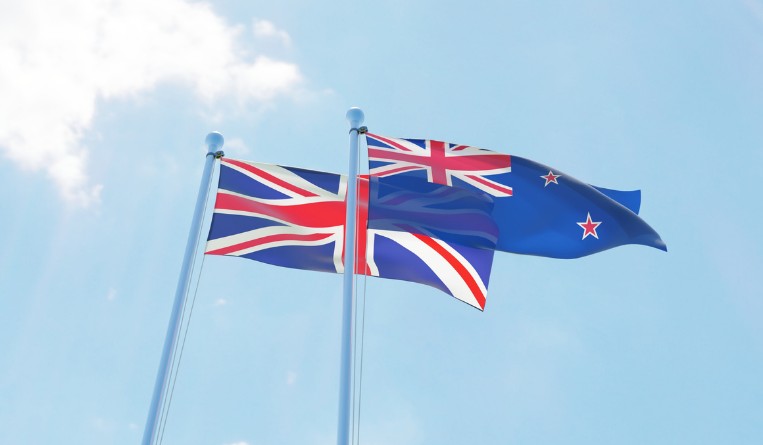NZ, UK agree to trade agreement that extends copyright term by 20 years
24 November 2021

New Zealand and the United Kingdom have agreed in principle to a trade agreement which will impact the former’s copyright laws.
The NZ - UK Free Trade Agreement includes a provision to extend copyright term in New Zealand by 20 years. This means the copyright term for an author will cover the years that constitute his lifetime and the next 50 years after his death, plus 20 years after this period.
The World Trade Organization’s standard for a copyright term is the author’s lifetime plus 50 years.

“I expect it will not make any real difference to the creative sector in New Zealand,” says Gus Hazel, a partner at James & WellsinAuckland and Brisbane. “As noted, the term of copyright is already quite long such that an extension of a further 20 years is unlikely to be relevant to the majority of works and creators.”
“There is a lot of economic analysis on this but frankly I haven’t found any of it particularly convincing,” he added.
According to him, the value of copyright varies enormously among different fields of interest. Some artistic/literary works will retain their appeal and commercial value for several years and decades. For such rare works, an extension of copyright term will further increase their value.
“But that is the point to me,” said Hazel, “those works are rare.”
He added that most copyright works will lose their cultural appeal or commercial relevance in a short period of time - within a decade or two. Therefore, an extended copyright term of 20 years will make little or no difference in their value. Neither will it affect whatever barriers copyright rights may create in the way of free use within the 50 -70 year period.
In particular, a lot of copyright works of a more scientific or industrial nature may lose their commercial value long before their copyright term ends - whether it covers 50, 60 or 70 years.
“One exception to this in the New Zealand context is for copyright in industrially applied works. New Zealand has what is effectively an unregistered design right through the Copyright Act. The protection it provides for ‘industrially applied’ works expires 16 years after that industrial application, which is typically considered to be once 50 items are made pursuant to the copyright work, unless the items are such that only a lesser number would be made, such as a superyacht hull,” said Hazel.
“You can appreciate that 16 years may not be a particularly long time for some kinds of products,” he explained. “Thus, any extension in that period of protection - say, up to 25 years - could make a significant difference to the enforcement options available to copyright owners.”
Hazel is not aware of any proposal to amend the legislation in order to prolong the period of protection. However, he believes many industries in New Zealand would be in favour of this.
“That would not be a universal view in New Zealand of course, but given copyright rights cost nothing to obtain, this is often a powerful default form of protection for many,” he said.
Hazel’s partner, Ian Finch, has written an article about this, saying it has caused many domestic innovators in New Zealand to be complacent. They believe this kind of protection under New Zealand law will be available in other countries.
“On the whole it is not. Australia is often the first export market for many New Zealand manufacturers and many of them are - as Ian implies - shocked to export there and then find out that they have no enforceable IP rights,” Hazel said.
“Australia has very recently amended its registered design protection scheme to introduce a one-year grace period in which to apply for design protection following public disclosure,” he added.” This will allow innovators to get some market feedback before spending money on seeking design registration. Previously, any public disclosure, sale, etc. of the item would mean the design was no longer ‘novel’ and thus could not qualify for design protection.”
Espie Angelica A. de Leon






